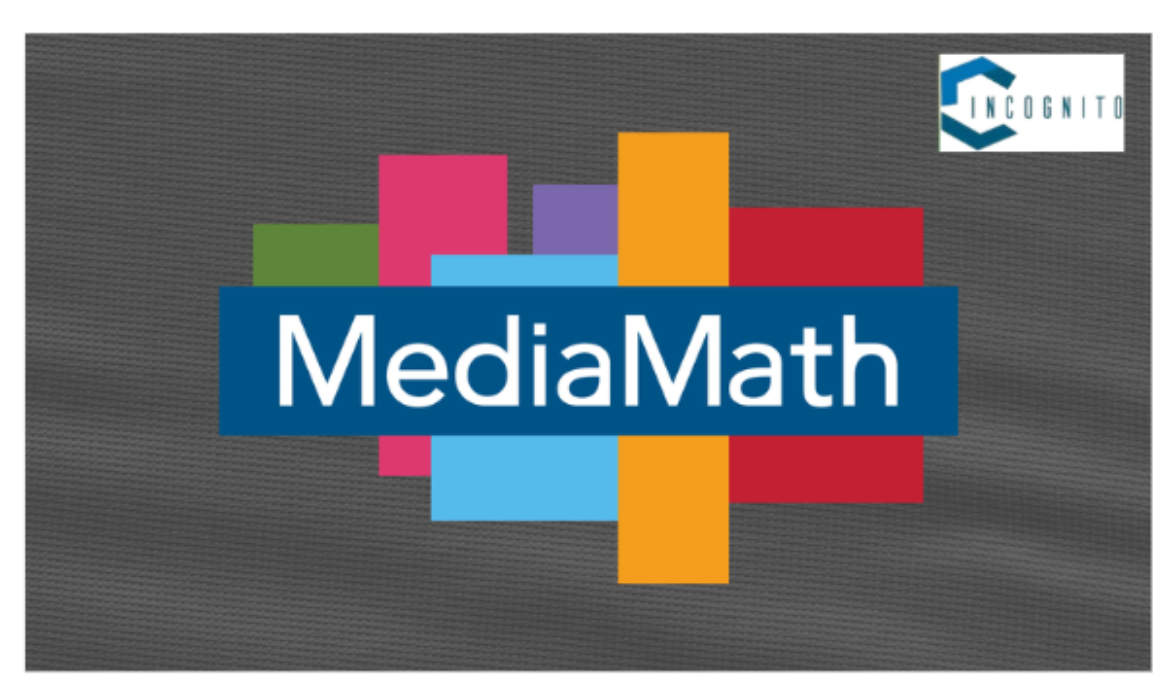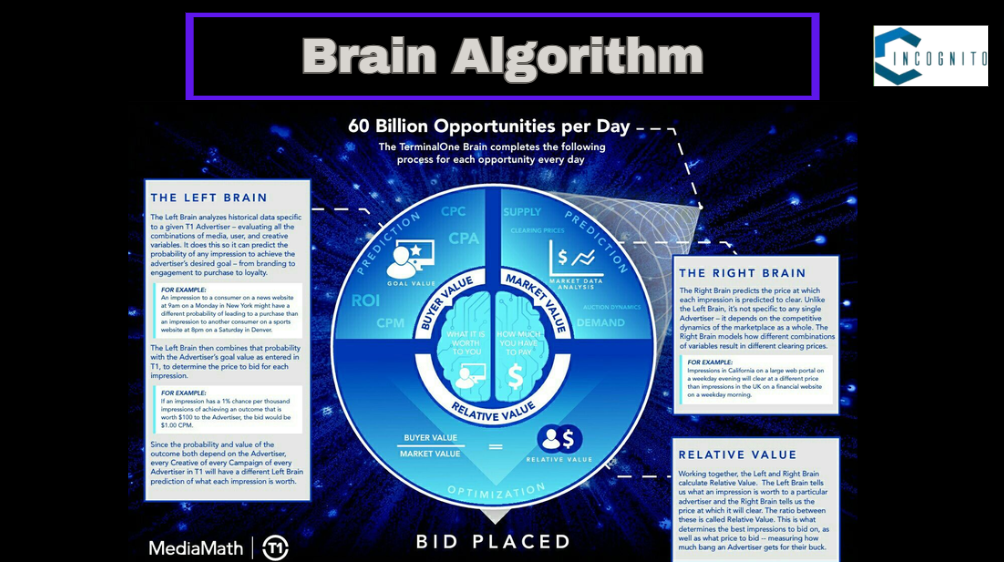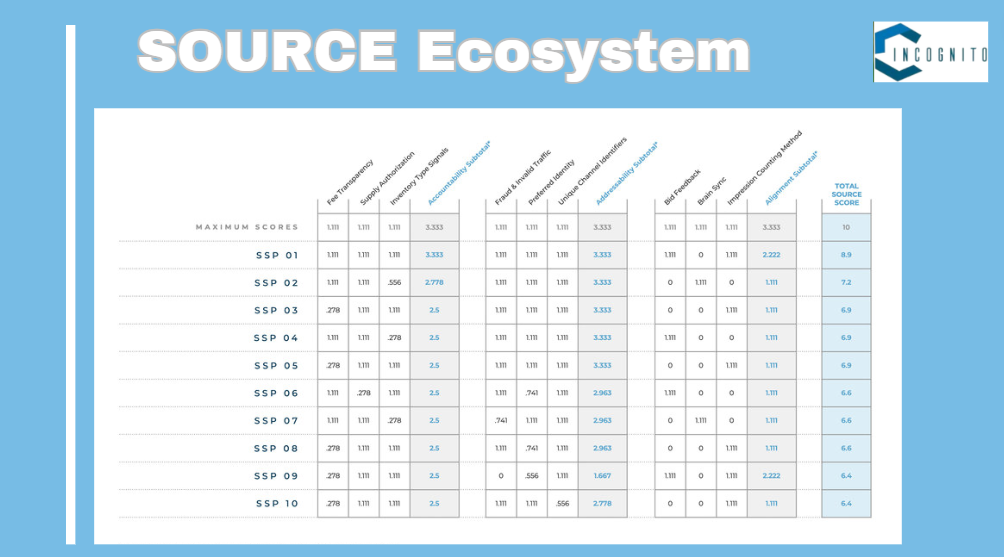
Programmatic Advertising is slowly but surely growing, step by step moving to fields like Connected TV and digital audio advertising, where it has not been much before. MediaMath DSP is one of the main DSPs making brave steps as a cookie-less future appears over the advertising ecology. Main trends like Google’s imminent termination of third-party cookies and changes to Apple’s Identifier for Advertisers (IDFA) are certain to transform the programmatic advertising industry.
So, it has become important for Demand Side Platforms (DSPs) to create technologies that deliver continuously for all the intents and purposes of a cookie-less future. In this article, we will learn about mediamath DSP and its technologies.
What is MediaMath’s Demand Side Platform (DSP)?
MediaMath’s DSP provides support for all main ID systems, adjustable elements, and full supply chain management through its SOURCE ecosystem.
As a foremost DSP, MediaMath offers a complete set of features that help advertisers enhance their reach and influence their target audience across all channels. MediaMath’s DSP is operated by Brain, the platform’s proprietary technology that makes use of AI to appropriately predict performance and ideal bid prices for ads.
As you may have observed, MediaMath’s DSP features are operated by two core elements: Brain and SOURCE. Let’s learn about each of them.

Brain Algorithm
The Brain Algorithm
The primary goal of MediaMath DSP Brain algorithm is to support advertisers buy well-informed impressions at the ideal bid prices. As a consequence, advertisers can save more money and generate better ROI from their campaigns.
Brain’s features are categorized into two parts:
- The Left Brain: For evaluating historical data around an impression. This helps advertisers identify the possibility of achieving their marketing objectives if they buy a specific impression.
- The Right Brain: For forecasting the ideal price to buy an impression.
Read More: High Broadband Marketing: How to Increase Your Business’ Exposure in Saturated Markets

Source eco system
The SOURCE Ecosystem
In 2019, MediaMath DSP introduced SOURCE with 15 anchor partners, including Rubicon, Oracle Data Cloud, and WhiteOps, and publishers such as News Corp and Business Insider. Today, it houses over 600 publishers and major ad tech partners like LiveRamp and Merkury.
MediaMath DSP launched the SOURCE ecosystem to solve the issues linked with availability, accountability, and alignment as the sector prepares for a world without 3P cookies.
With the help of the SOURCE ecosystem, advertisers get access to authentic impressions on real media properties and also to an addressable and engaged consumer base. In accordance with MediaMath, this fuels cost efficiency by 15% by minimizing media and fraud protection fees.
What are MediaMath DSP’s abilities?
MediaMath DSP provides strong custom features for brands and agencies to engage with consumers across any channel.
Let’s look at some of its abilities:
- Targeting: It provides a big collection of targeting options like contextual, audience, 1st party data, site list, location, and video/audio targeting, among others.
- Intelligence: It helps advertisers make ideal bidding decisions through the Brain algorithm. It also enables advertisers to introduce their algorithm for custom business objectives.
- Consumer Segmentation: It enables advertisers to expand their 1st part data through similar and modeled audiences.
- Identity Management: It provides an adaptable identity core, enabling marketers to transact on any ID system like LiveRamp IDL, Merkle, LiveIntent, and more.
Conclusion
Advertising has transformed in the past few years. Marketers have access to large amounts of data and a growing set of marketing tools. So many of the tools provide reporting and measurement abilities, enabling their users to monitor and improve performances and get the best results from using them.
But there is one problem:These tools have their own measurement and attribution benchmarks. As a consequence, marketers are obliged to learn how to use every tool for appropriate evaluation and reporting and some of these tools have below-average reporting features.





